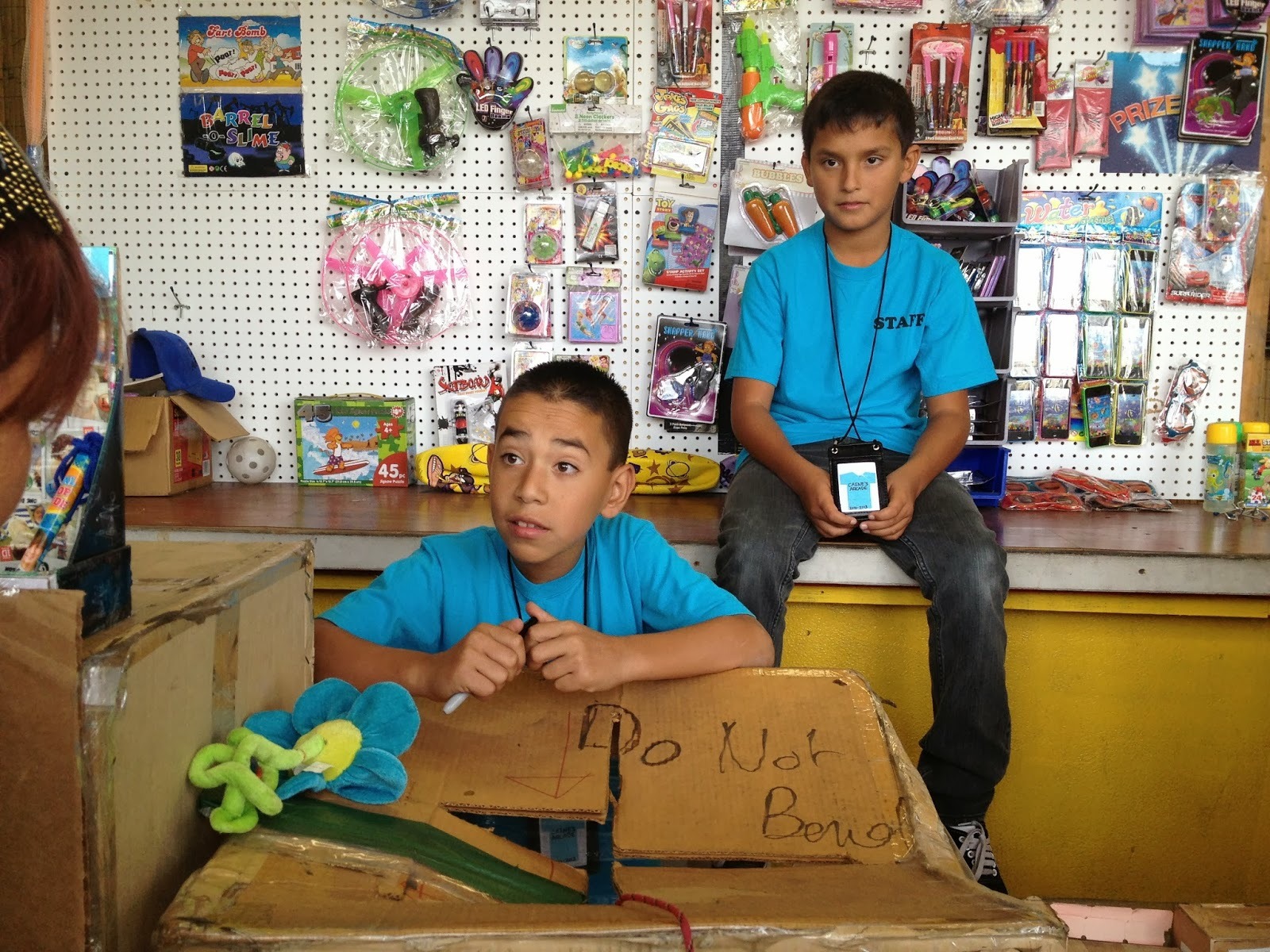Host a cardboard challenge
Plan and host a cardboard challenge where you design, build, and judge creative cardboard structures with friends, learning teamwork, measurement, and problem-solving.



Step-by-step guide to plan and host a cardboard challenge
Cardboard House Challenge for kids
Step 1
Gather all the materials in one place so everyone can reach them easily.
Step 2
Invite friends and decide whether you will work solo or in small teams.
Step 3
Write down the challenge rules and judging criteria on a paper so everyone knows what to aim for.
Step 4
Assign one clear role to each person such as builder measurer or timekeeper.
Step 5
Sketch a simple design for your cardboard structure and write the key measurements on the sketch.
Step 6
Measure and mark the cardboard pieces you need using the ruler and pencil.
Step 7
Cut the marked cardboard pieces with scissors or ask an adult to use a craft knife.
Step 8
Assemble the cut pieces using tape and glue to make the basic structure.
Step 9
Reinforce any weak joints or balance points so the structure stands sturdily.
Step 10
Decorate your finished structure using coloring materials stickers or scrap paper.
Step 11
Test your structure against the judging criteria such as height stability and creativity.
Step 12
Have the judges score each structure tally the scores and announce the winner.
Step 13
Take a photo of your finished creation and share it on DIY.org.
Final steps
You're almost there! Complete all the steps, bring your creation to life, post it, and conquer the challenge!


Help!?
What can we use instead of a ruler or craft knife if we don't have them?
If you don't have a ruler use a printable or phone-measuring app or a straight edge, and for cutting the marked cardboard pieces use sturdy scissors or ask an adult to use a craft knife.
What should we do if our cardboard structure keeps collapsing or joints are weak?
If the structure collapses, reinforce weak joints and balance points by adding extra tape and glue, inserting internal cardboard braces or triangular gussets, and double-checking the measurements from your sketch.
How can we adapt the cardboard challenge for different age groups?
For younger kids simplify the challenge by pre-cutting cardboard pieces and giving them decorating or measuring roles, while older kids can sketch full designs, measure and cut their own pieces, and use a craft knife with adult supervision.
How can we extend or personalize the activity to make it more challenging or creative?
To extend the activity add criteria like moving parts or load-bearing tests, personalize with stickers, paint or scrap paper decorations, attach a small pulley or motor for motion, then test stability and take a photo to share on DIY.org.
Watch videos on how to plan and host a cardboard challenge
20 Fun Cardboard Games and Activities Compilation!
Facts about cardboard engineering and design
♻️ Paper fibers in cardboard can usually be recycled about 5–7 times before the fibers get too short to reuse.
📦 Cardboard is one of the world's most used packaging materials — billions of boxes are made each year for shipping and storage.
🏗️ Designers and artists often prototype with cardboard because it's cheap, quick to shape, and surprisingly strong for structures.
📏 Running a cardboard challenge teaches real STEM skills: measuring, scaling, testing, and iterative problem-solving.
🧩 The wavy "flute" layer inside corrugated cardboard gives it extra strength while keeping it light and easy to cut.
How do I host a cardboard challenge where kids design, build, and judge cardboard structures?
What materials do I need for a kids' cardboard challenge?
What ages is a cardboard challenge suitable for?
What are the benefits of doing a cardboard challenge with my child?


One subscription, many ways to play and learn.
Only $6.99 after trial. No credit card required



![[Easy Cardboard Craft] Whack-a-Mole Game - DIY Tutorial for Kids](https://img.youtube.com/vi/U2paCStOcec/mqdefault.jpg)